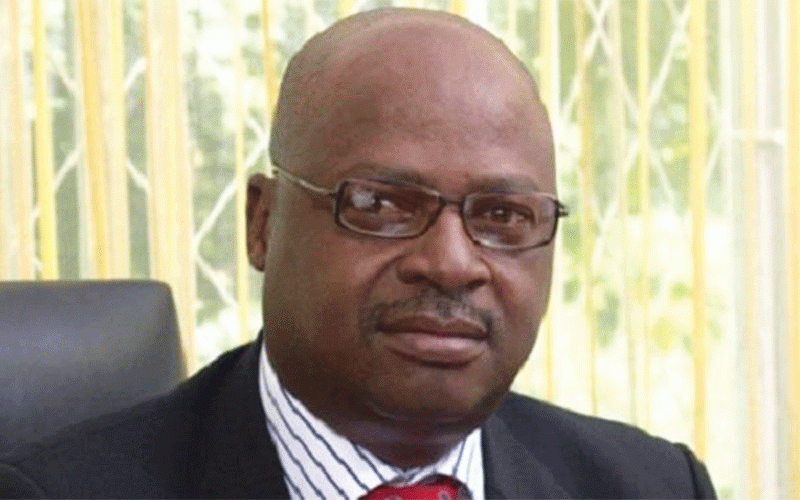
TEA producer, Tanganda Tea Company Limited (Tanganda) experienced a near 73% drop in profit after tax to US$539 983 during its half-year financial performance ended March 31, 2025, owing to a 27% drop in revenue.
The drop in profit after tax was from a prior year comparative of US$1,97 million.
In a statement attached to its half-year financial results ended March 31, 2025, Tanganda chairman Herbert Nkala said the operating environment was characterised by policy-induced tight liquidity and resultant low aggregate demand.
He added that the February 2025 reduction in exporters’ retention threshold from 75% to 70% aggravated the viability challenges faced by exporting businesses.
Tanganda’s main forex comes from avocado and macadamia nut exports, mostly into the European market.
“Revenue for the half year of US$8 million was 27% lower than the prior year of US$11 million due to the impact of late rains on tea production and formal retail challenges that weighed down beverage volumes,” Nkala said.
“Profit after tax of US$539 983 was 73% below US$2 million achieved in the prior year. Included in profit is fair value gains on biological assets and fruit on bearer plants of US$2,6 million.”
During the period under review, Tanganda recorded a 6% decline in its bulk tea production to 4 736 tonnes from the prior year.
- OK ramps up expansion drive
- Zimbabwe’ banks are bleeding
- OK ramps up expansion drive
- Zimbabwe’ banks are bleeding
Keep Reading
This was blamed on the late onset and inconsistent pattern of the rains and severe heat, which affected tea production and quality, mainly in the first quarter of Tanganda’s financial year.
However, with recoveries in tea production recorded in Tanganda’s second quarter, the firm expects this to increase bulk tea exports, whose volume of 2 174 tonnes was 28% lower than the 3 005 tonnes achieved in the prior year.
The average export selling price was US$1,29 per kilogramme, 4% lower than the prior year.
“The macadamia nut harvest commenced in earnest at the end of the reporting period,” Nkala said.
“A consignment of 286 tonnes of macadamia nuts, whose export was delayed in the previous financial year due to global logistical issues, was shipped in the first quarter of the year.”
He said indicatively, based on exports after the reporting period, global macadamia nut prices were firming up.
“The harvest and export of avocados began after the reporting period. The company entered into a joint venture with Trade Link Global BV of the Netherlands in establishing an avocado oil extraction plant at Tingamira Estate,” Nkala said.
“The oil extraction plant commenced operations in May 2025, and oil exports to already established markets are underway.”
Coffee exports declined to 13 tonnes during the period under review, from 58 tonnes achieved in the previous year, owing to unfavourable weather.
In terms of operating expenses, Tanganda managed to control them as this totalled US$3,49 million during the period under review from a prior year comparative of US$3,54 million.
Tanganda ended the period flush with capital to cater for any short-term obligations, as it had US$1,62 to every dollar of debt that should become due.
The improved liquidity is owing to the gains on biological assets and fruit on bearer plants, a living plant that is used in the production or supply of agricultural produce.
In particular, Tanganda saw the value of its produce of bearer plants rise to US$4,45 million from a prior comparative of US$112 173.
Consequently, total assets were US$38,65 million, from a prior year comparative of US$35,14 million.
“Demand for our products remains relatively strong despite the impact of intricate macroeconomic factors on the local, regional, and international markets.
“The company will continue to pursue sustainable market diversification to expand the regional and international markets,” Nkala said.
“The company has put in place mitigating strategies to deal with challenges facing the business and is focused on improving process efficiencies and managing costs in order to improve performance.
“Notwithstanding the operating environment challenges, the company remains focused on adding value to its products.”
He said the company was actively pursuing capital-raising initiatives.










